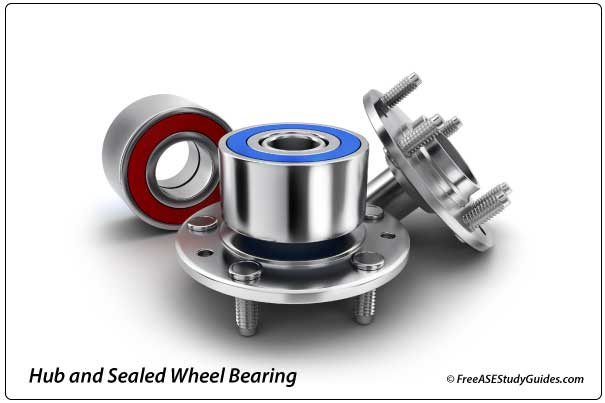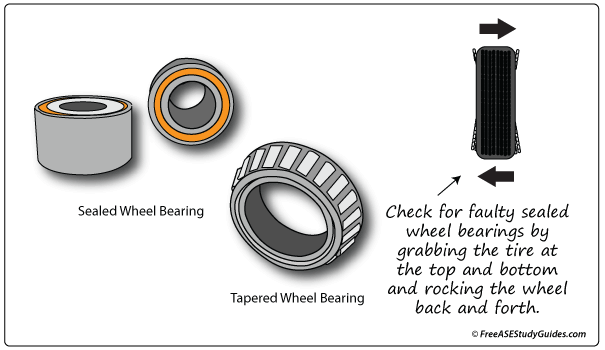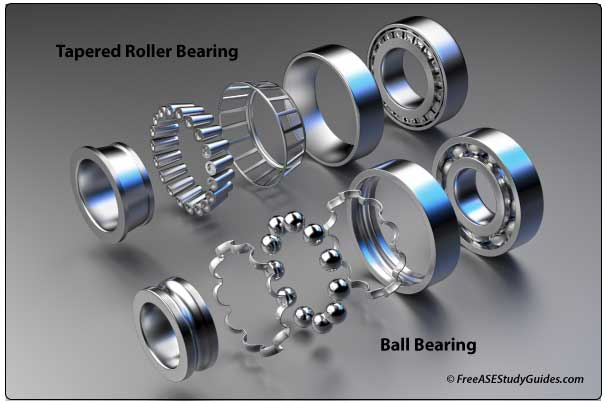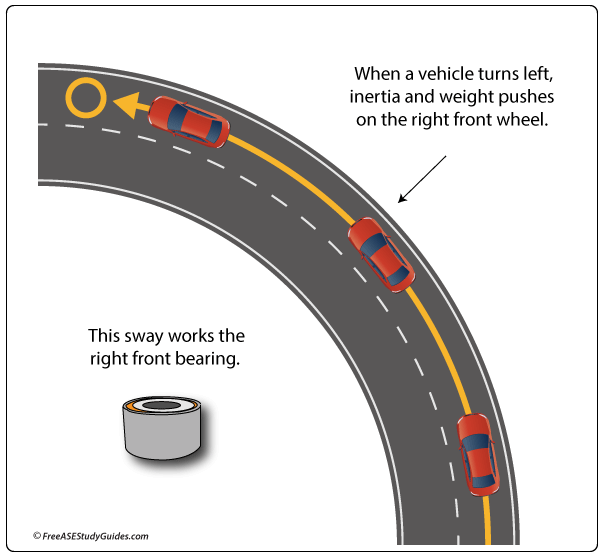Diagnosing Wheel Bearing Noise

Wheel bearings keep a vehicle's wheels spinning smoothly. A growling or grinding noise will occur when they fail. A sealed wheel bearing has its seal incorporated into the wheel bearing assembly itself. As a result, they become loose and noisy when the seal fails due to water intrusion and a lack of lubrication.

The first symptom of bearing failure is a growling noise from the wheel associated with the bearing. If a sealed wheel bearing is noisy or defective, grasp the tire at the top and bottom and rock it back and forth. Looseness in a sealed bearing indicates bearing failure.
They are not serviceable; they're often pressed out of and into the hub. Others are easier to replace because the hub and bearing are integral, removed, and replaced as a unit. Inspect the wheel for looseness and end play. End play is the amount of horizontal movement in the wheel.

A tapered roller wheel bearing differs from a sealed wheel bearing. It may or may not require a bearing preload. These bearings are serviceable and should be cleaned, inspected, and packed with bearing grease. Always check wheel bearings for excessive wear, galling, and abrasions.
Wheel Bearing Noise

It can be challenging to tell which side has the faulty bearing. Listen for the change in pitch and intensity while turning. The wheel bearing opposite the turn gets worked more because the vehicle's weight is leaning on it. A faulty right front wheel bearing is loudest while making a left-hand turn.